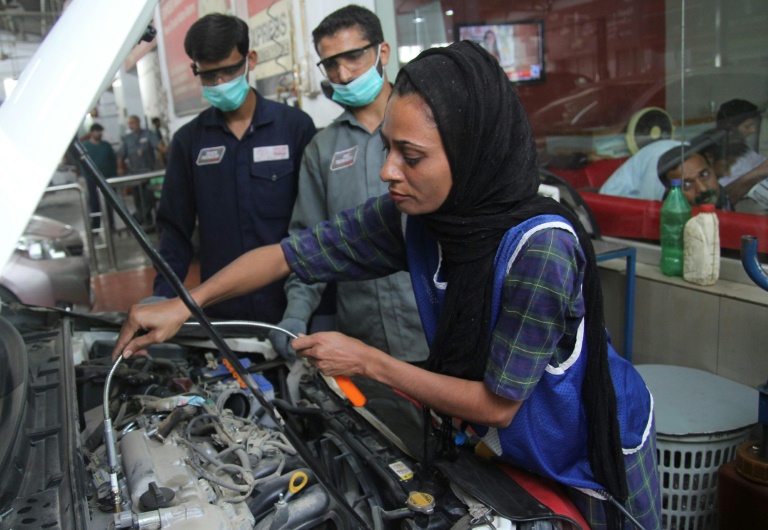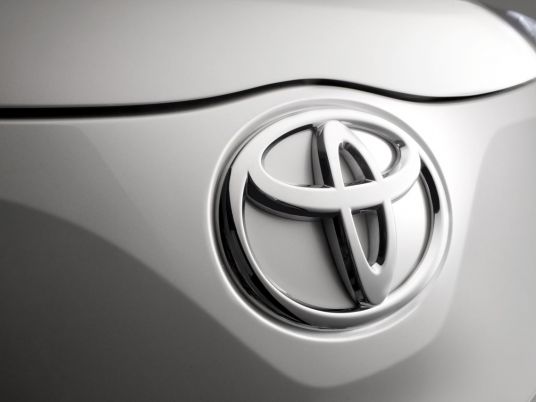
The Human Support Robot (HSR) is operated via remote control and could be key in helping people continue to live fuller lives as they get older.
Thanks to everything from healthier diets to widespread vaccination programs, people are living longer, especially in Japan. The country's government forecasts that by 2060, almost 40% of the population will be aged 65 or over compared with 22% of the global population.
This "greying" of the population, as Toyota calls it, could lead to huge demand for long-term care. And so in order to reduce this burden, the company has been developing the HSR.
The cylindrical-shaped robot can squat or stretch out to stand 1.35m tall. It can move at the rather pedestrian speed of 0.8km/h and at the moment boasts one extendable arm for picking items up from the floor or reaching objects on shelves.
In development since 2012, the machine is set to go on trial at research facilities, universities and businesses to help improve its design, performance and usefulness and accelerate its entry into the real world.
Toyota's aim is to create a machine that will let older people live independent lives, but with the support of a device that is never intimidating.
The HSR so far eschews artificial intelligence and machine learning — Toyota feels that neither are sufficiently developed — in favor of simple voice commands. Owners can ask the robot to perform certain specific tasks, or alternatively it can be operated remotely by a friend or family member. In remote control mode, the user's face appears on the robot's screen, his or her voice relayed so that the experience feels like a real human-to-human interaction.
The HSR will be on display at the Yokohama Human & Technoland exhibition on July 24 and at the Annual Conference of the Robotics Society of Japan at Tokyo Denki University from September 3 to 5.
As for its future development, Toyota wants to build a community of 10 partner organizations by April 2016 that will pool their resources and findings and will host its first hackathon dedicated to finding innovate applications for the machine and devising research projects at the end of August.




